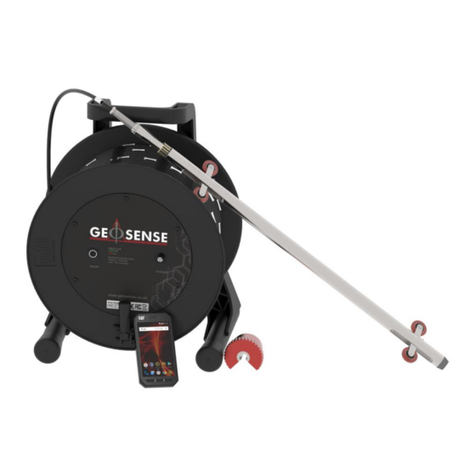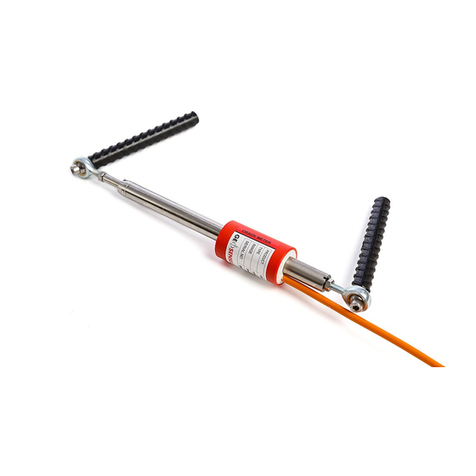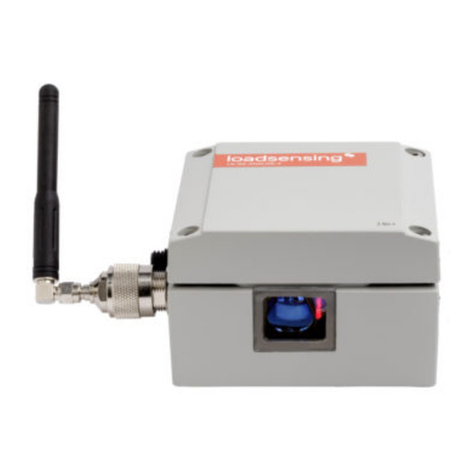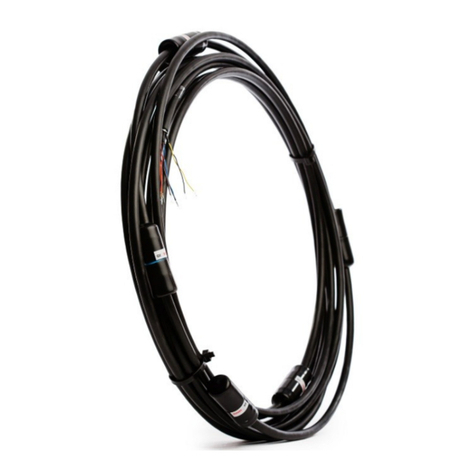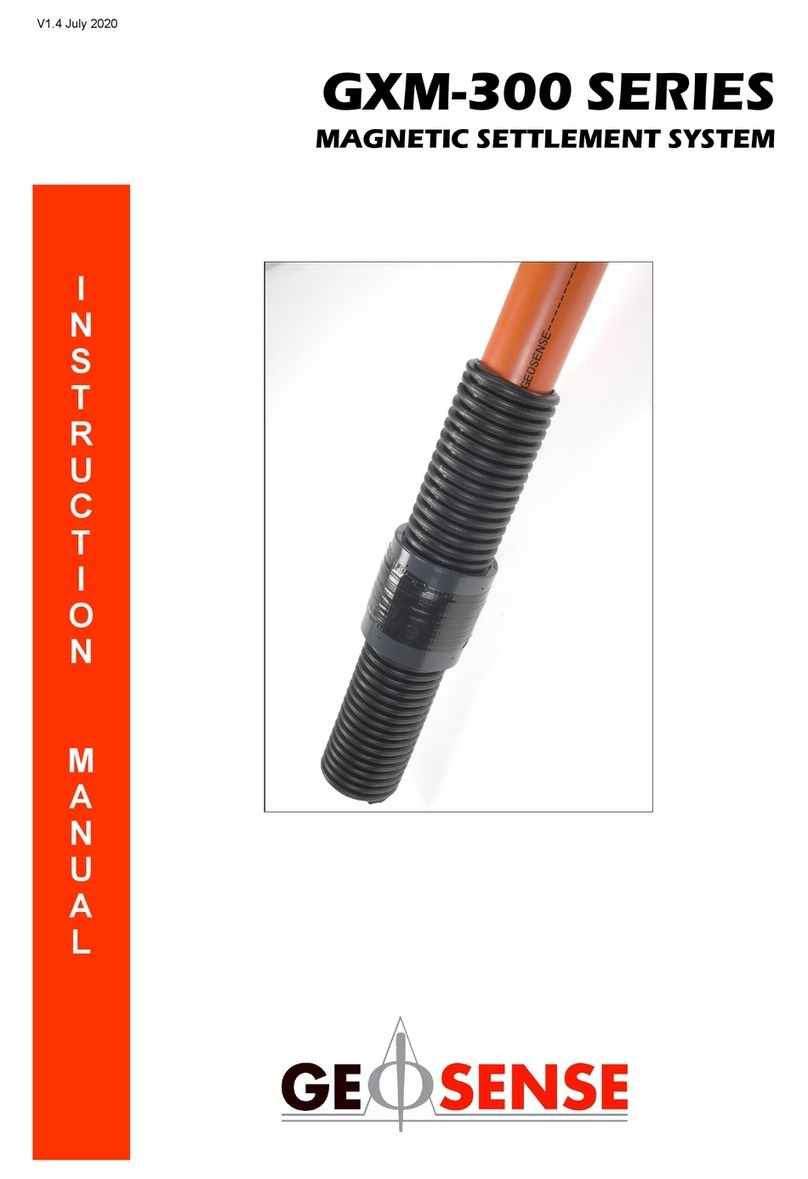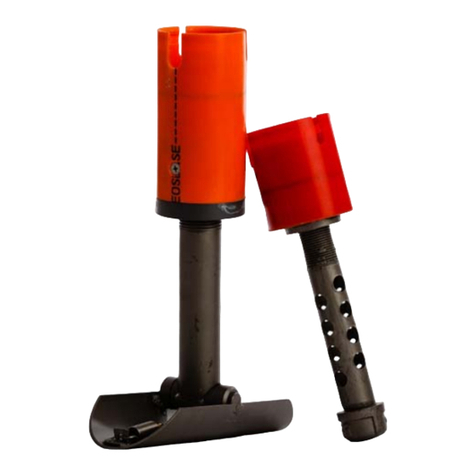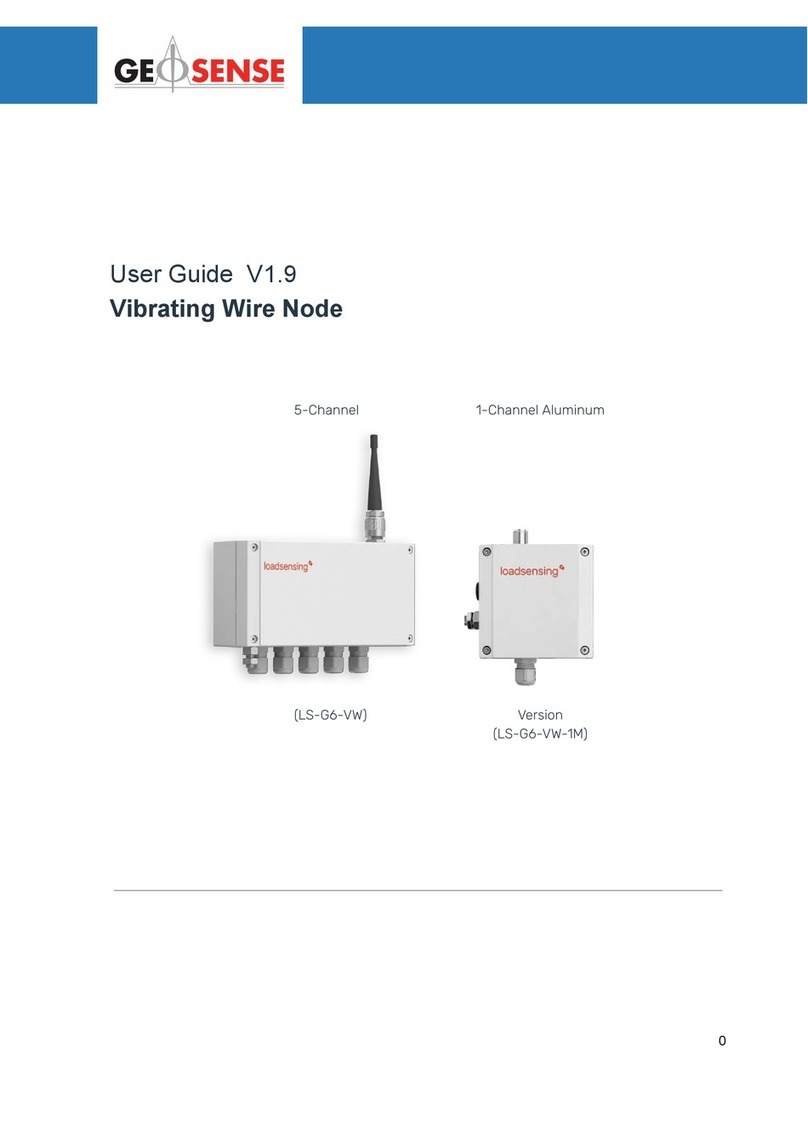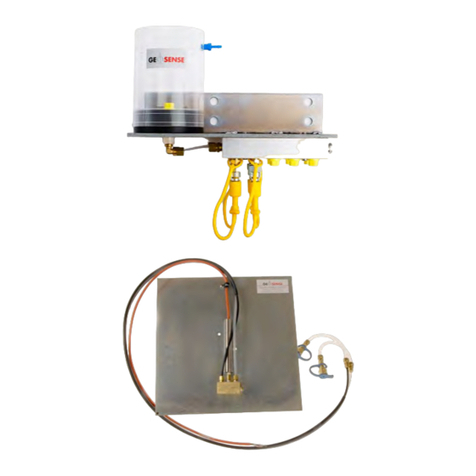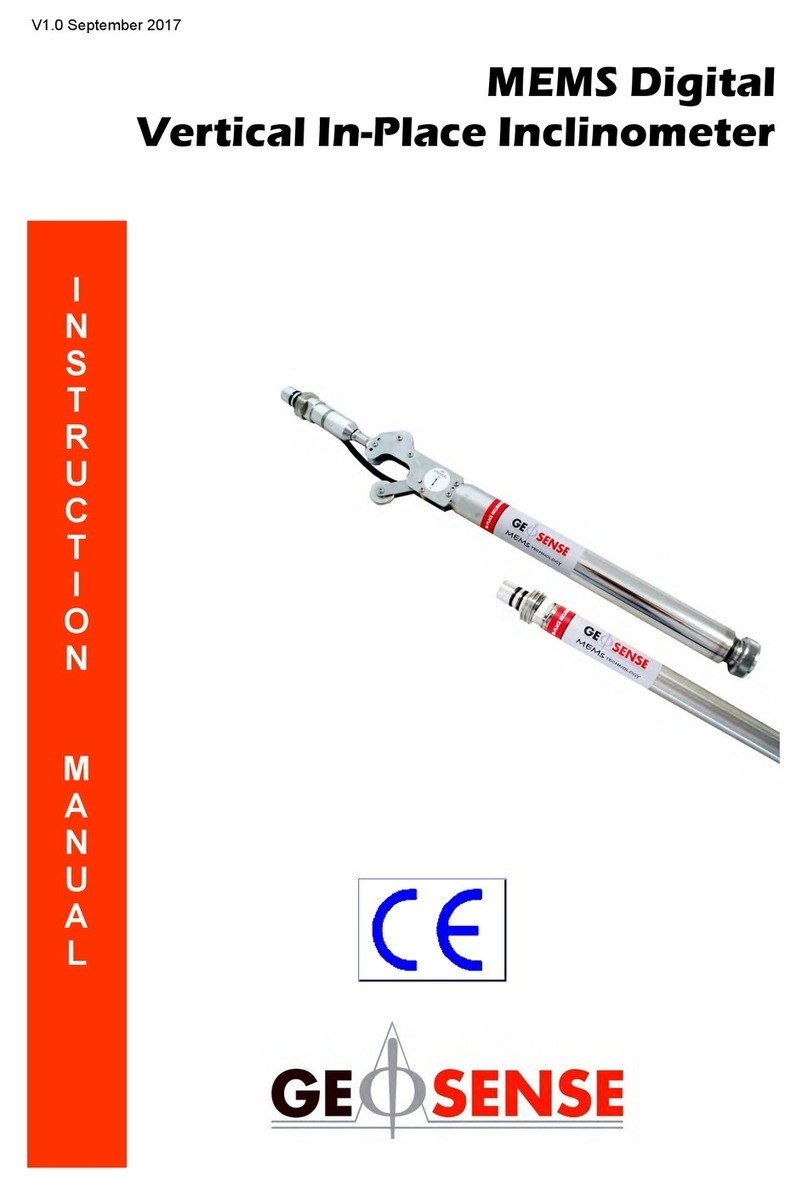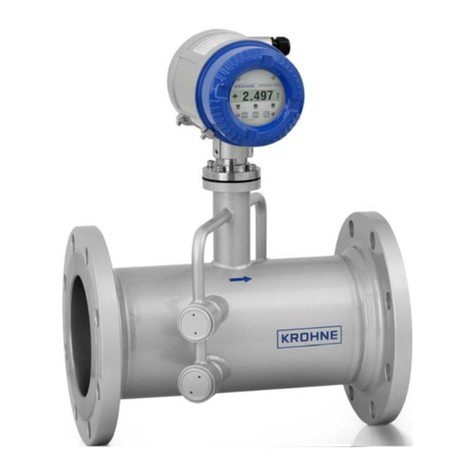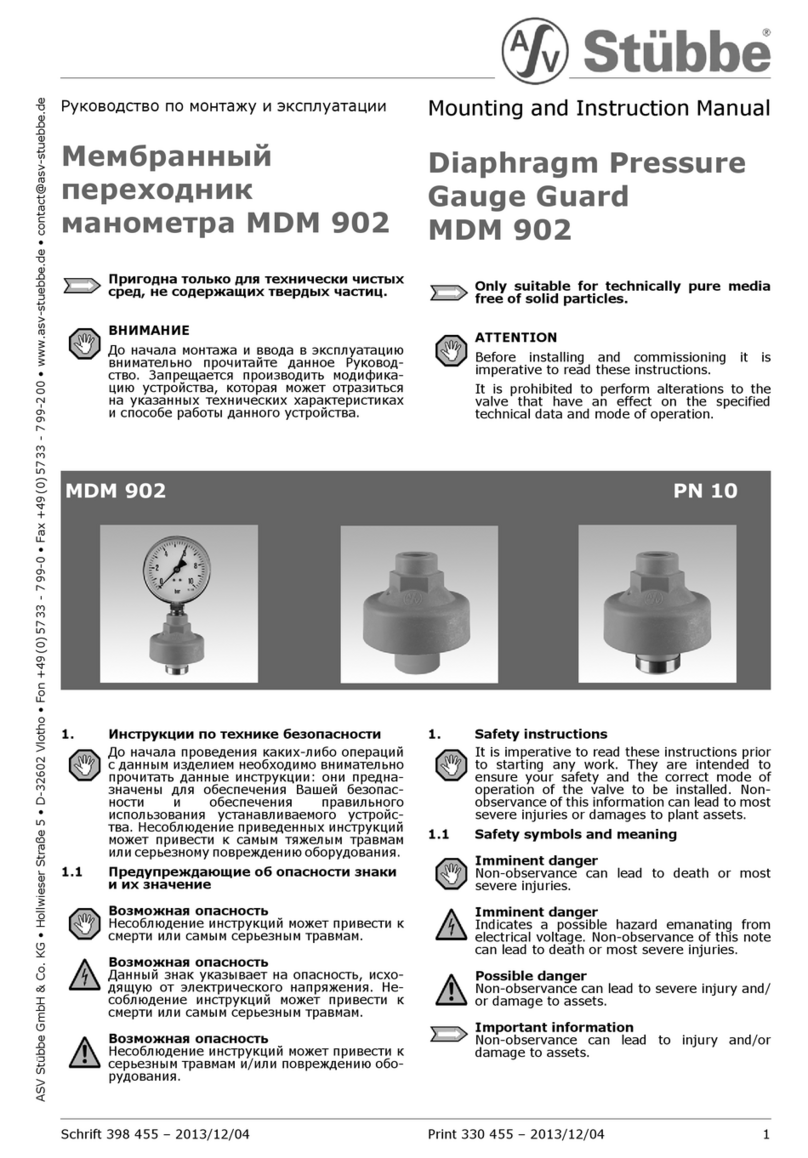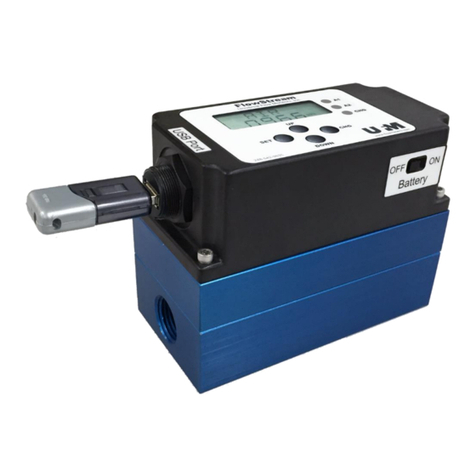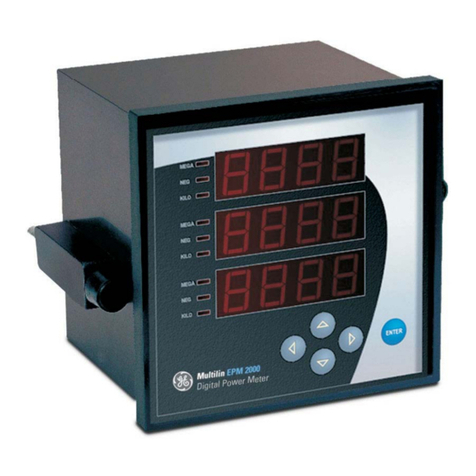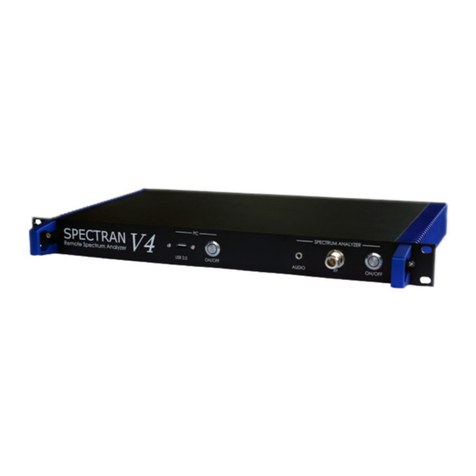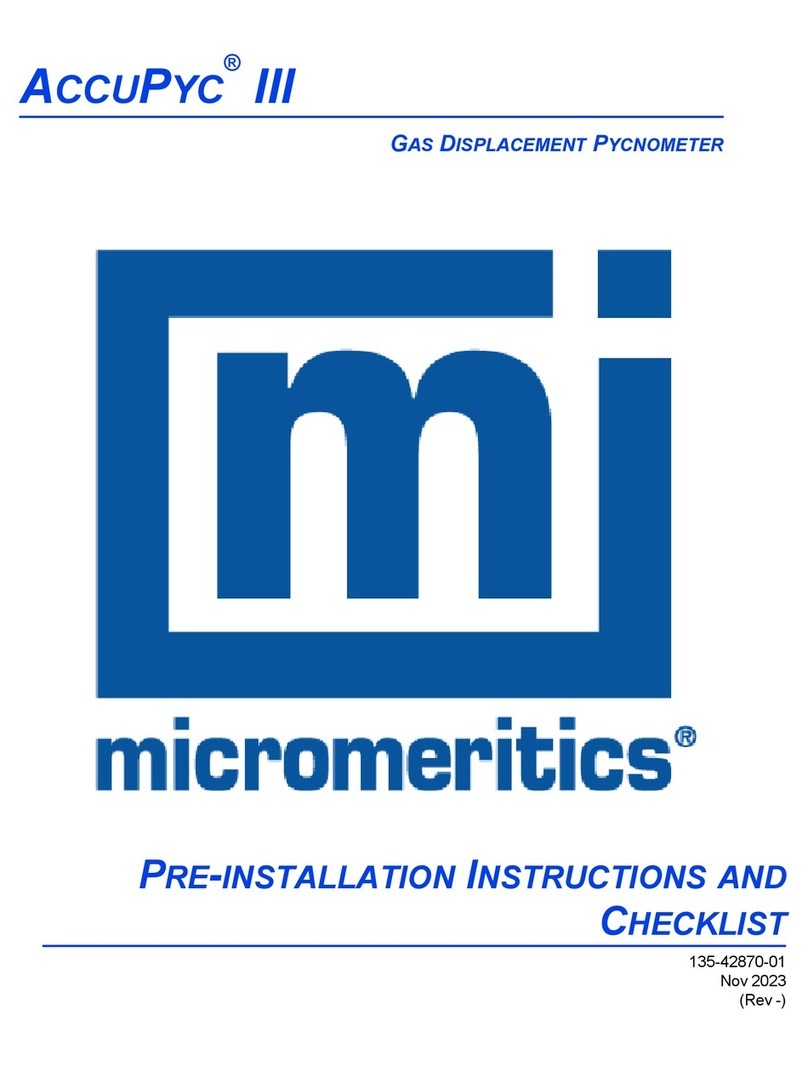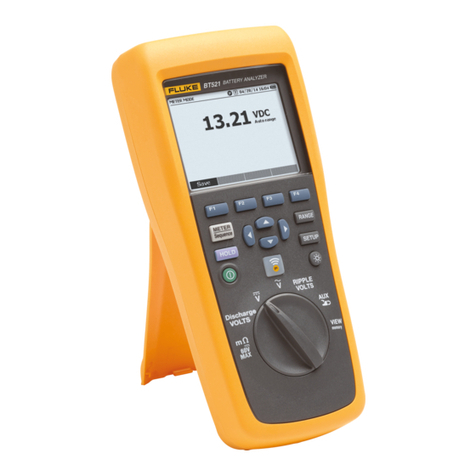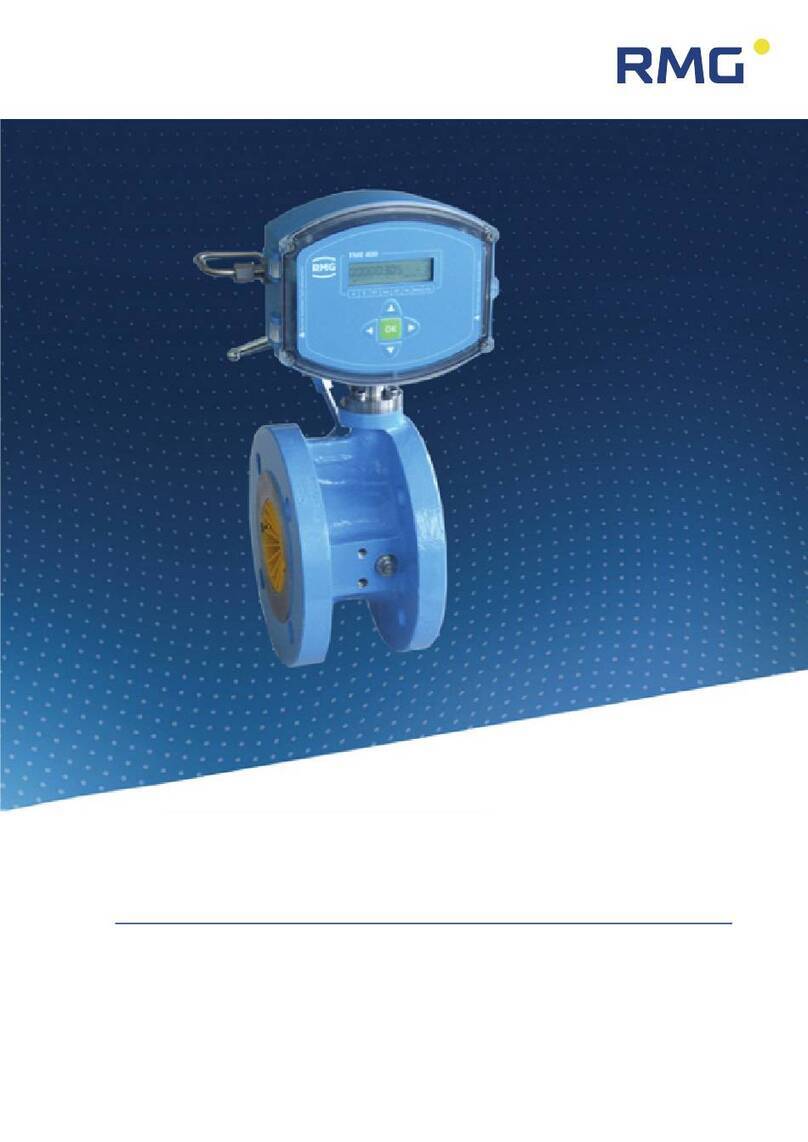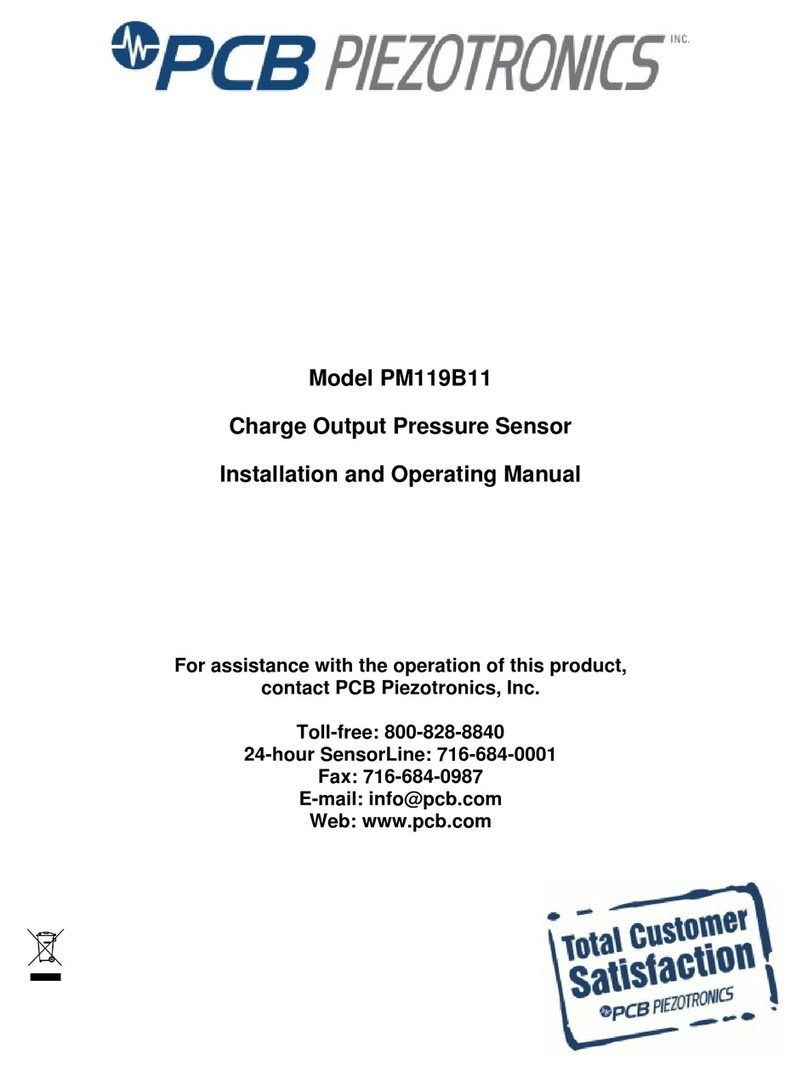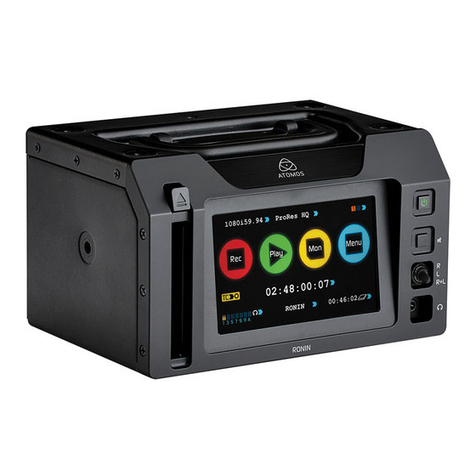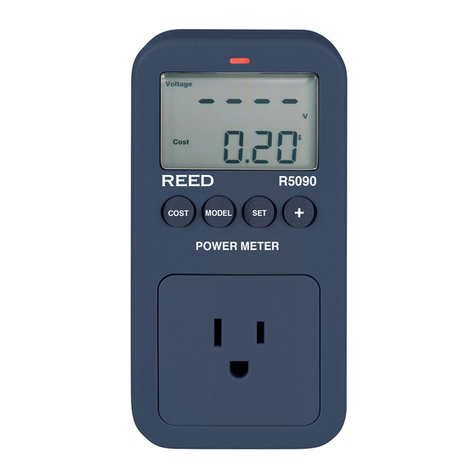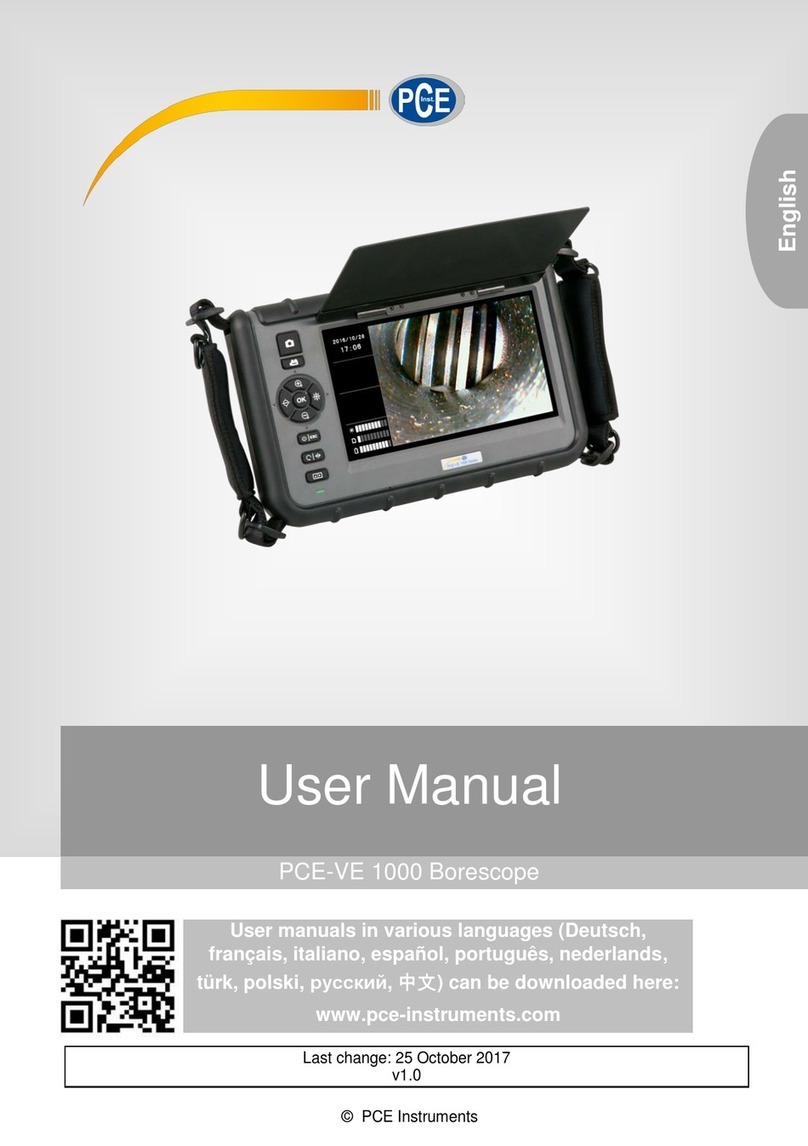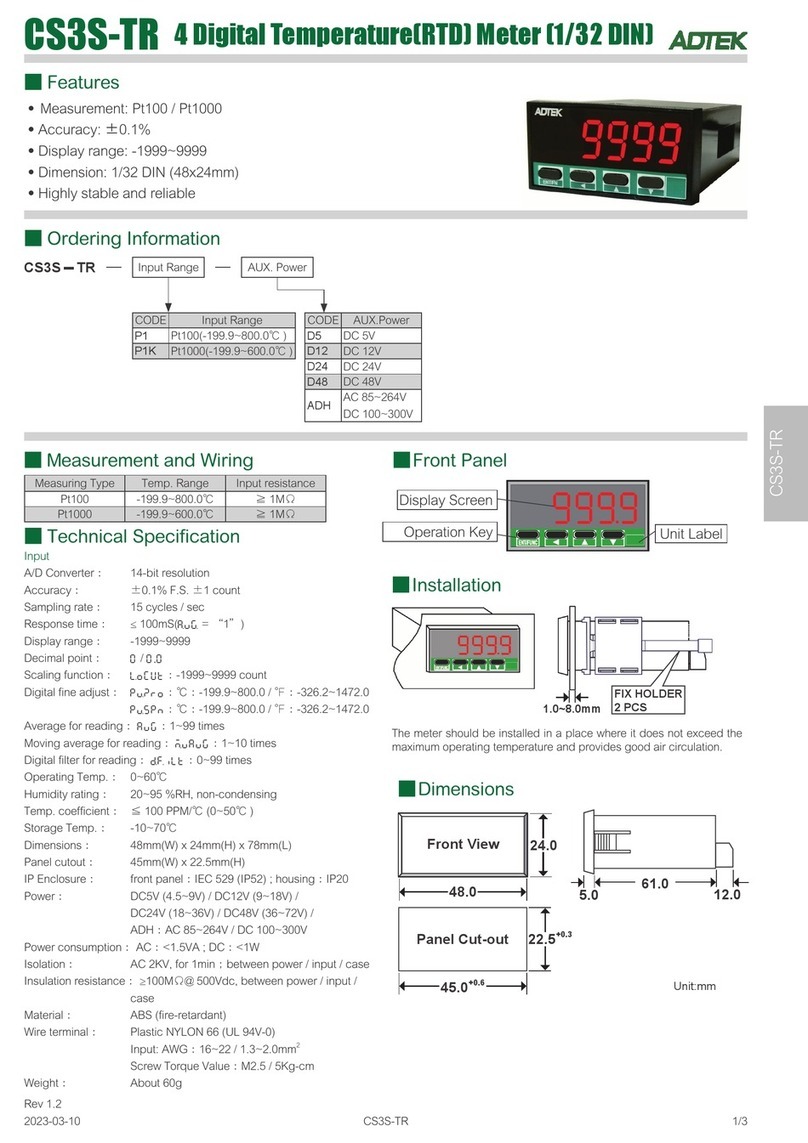
11
V1.0 July 2020
5.2 Preparation for Installation
Prior to installation of a piezometer / transducer, it is essential to establish and
confirm details of the installation to be carried out. Some of the main considerations
are listed below :-
1. Intended elevation and depth for the Sensor
This can be calculated as either the depth below a known level (ground level for
example) or as the elevation with respect to a remote datum. For borehole
installations, the final depth should be determined from the intended installation
elevation and then marked on the cable to show the intended installed position.
Which ever positioning system is adopted, it is very important to determine and
record the final elevation of the piezometer diaphragm and its orientation.
2. Borehole Installation type / specification
Where a piezometer is to be installed in a borehole, is it to be pushed into the
base of the borehole using the appropriate technique of the project
specification. In softer material, the push-in piezometer can be pushed from
ground level to its intended elevation, using hydraulic equipment such as a
Cone Penetrometer machine. This removes the need for a borehole.
3. Surface Installation type / specification
Where a piezometer is to be installed at surface level (for example: as
embankment fill is placed), is it to be pushed into a pre-formed cylindrical void
or installed in a small excavated pocket? Piezometers in these installations
would normally be covered by fill material which would be compacted manually
to a certain depth and then mechanically, thereafter.
In a location where high permeability material is present, a sand filter pocket
type installation is preferred but the sand has to be enclosed within a permeable
‘Geo-fabric’ pocket to prevent it being ‘lost’ into the surrounding materials.
Where a piezometer is to be installed in a material with a low permeability, it is
normally better pushed into a pre-formed void so as to maintain intimate contact
with the surrounding material. (Sand pockets should be avoided in low
permeability surface installations).
4. Filter zone
A specially graded sand (commonly 600 - 1200 µm) is the most common
material used to provide a filter zone within a borehole and support the borehole
around the piezometer tip. The volume of material required will depend upon
the diameter of the borehole and the length of the filter zone to be formed.
Typically a 0.5 metre long filter zone is recommended but it should be in
accordance with specific project requirements and specifications.
In some cases piezometers can be fitted inside small geotextile bags that are
then filled with filter sand. This creates a small pre-formed filter pocket but also
(Continued on page 12)




















